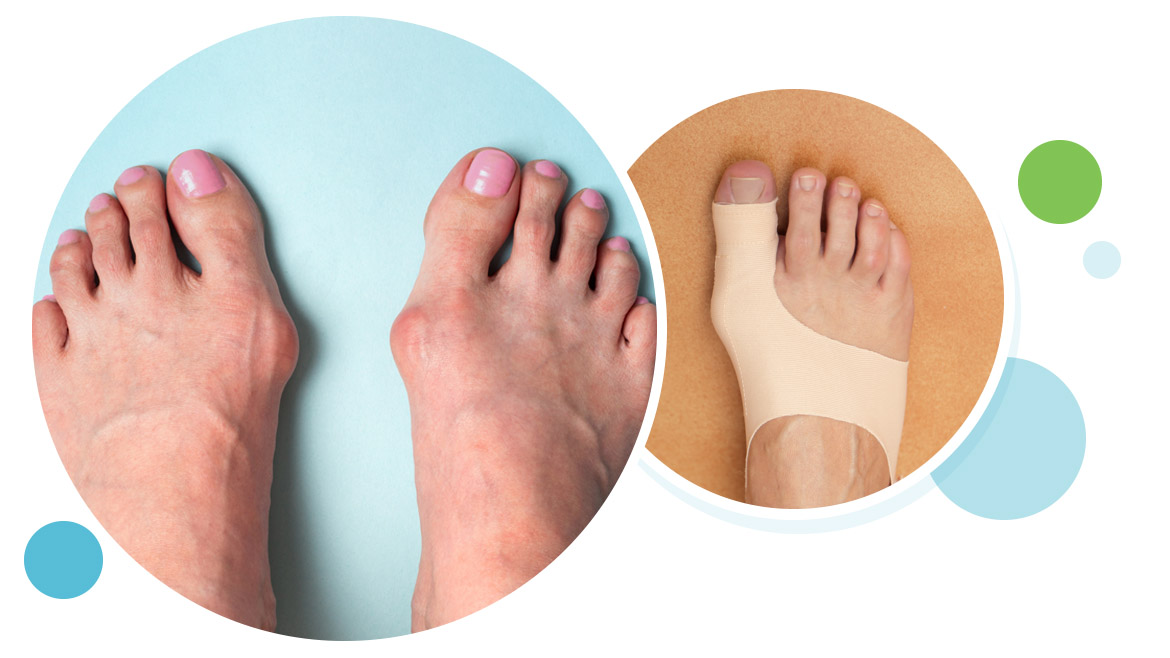Bunions
A bunion is a common condition that affects between 24% and 36% of the population depending on age. It’s a progressive foot condition characterized by a misalignment of the big toe and a bony bump that forms on the joint at the base of the big toe, referred to as the metatarsophalangeal joint (MTP). Bunions affect a greater percentage of the older population and women according to recent studies and since the condition is so frequent, it is one of the most prevalent complaints tended to by the podiatrists at Northstate Foot and Ankle Center.
Causes of Bunions
Bunions occur as a result of genetic foot structure and external forces such as tight fitting shoes. When your big toe pushes against the next toe, the joint of the big toe begins to shift out and changes the bone structure of the foot. This is similar to other conditions such as hammer toes. As a progressive condition, bunions tend to increase in size and severity until treatment is provided.
Common Symptoms
Bunions may result in specific symptoms such as redness and swelling around the joint of the big toe MTP joint, pain in the MTP joint, a burning sensation and numbness. If left untreated bunions can result in complications such as bursitis, severe misalignment of the big toe which may slip over or under the second toe and other misalignment issues such as hammer toe. Bunions can cause progressive degenerative joint disease at the MTP joint, making walking difficult if left untreated in earlier stages.
Diagnosing Bunions
Diagnosis it very easy as the characteristic shape of a foot developing a bunion is clear to the naked eye. The bulging bump or knot on the outside of the big toe, swelling, redness, and soreness around the MTP will help the podiatrist confirm the condition. He or she may still conduct an additional physical examination to diagnose how far a bunion has progressed and to look for other structural issues. If the bunion has progressed significantly, they may order an x-ray to study the bone structure.
Treating Bunions
Non-surgical Treatments:
Many cases of bunions don’t require medical treatment. First, a patient may be advised to wear more comfortable, roomy shoes. Second, application of padding and splinting, or non-medicated bunion pads may be recommended. Orthotics may be fit in order to reduce the misalignment and to better support the bone structures of the foot. These treatments are all meant to maintain the foots shape and slow the progression of the bunion.
When painful flare-ups occur, rest, ice, compression and elevation, as well as NSAIDs, may be helpful in reducing inflammation.
Surgical Treatments:
For cases where the deformity is significant, patients should see a podiatrist in order to assess if they are a good candidate for bunion surgery, also called a bunionectomy or hallux valgus correction. These surgeries include procedures that are conducted to remove the bump on the MTP, realign the big toe or correct issues that may have occurred with soft tissues. The most common procedures include an Osteotomy, Exostectomy or an Arthrodesis.
Bunion Surgery Recovery
Each bunion surgery is a little different and thus the expectation for a recovery timeline can be broad. In some cases, patients may be able to walk immediately after, however in some cases, patients may require a longer non-weight bearing period. Regardless of how long the non-weight bearing period is, complete recovery from the procedure generally takes a few months.

